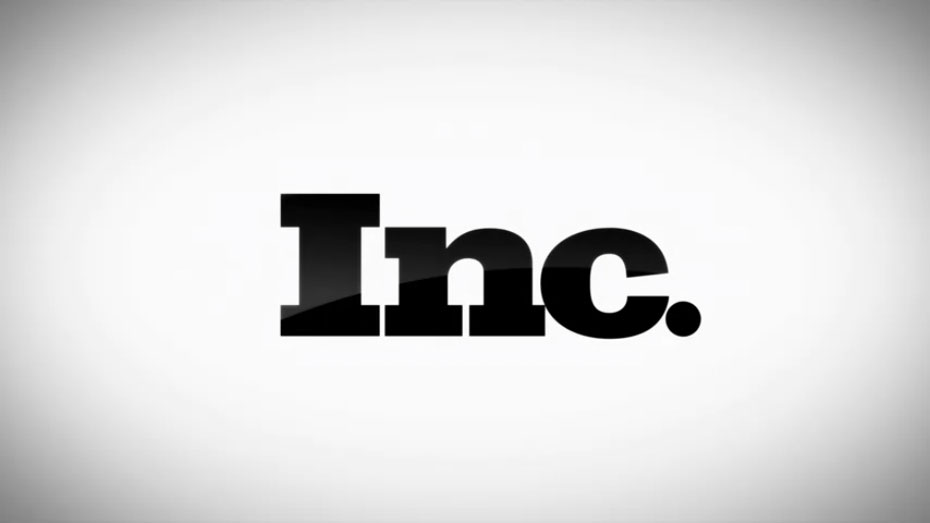How to Open Demat Account for Share Market
Market Share

A company's market share is the percentage of all products in a category that that company sells. Thus market share is calculated by dividing a company's sales by the total sales in a category. If the company sells all the product in a market, it will have a 100 percent share—and it will have a monopoly. Market share is typically measured at fixed intervals like once a quarter or once a year.
CALCULATING MARKET SHARE
All companies with reasonable record-keeping practices know what their own sales in a particular product or services category are during any selected period of time. The difficulty arises in knowing what total sales are. Unless data on total sales are collected by the government in its economic census activities every four years (years ending in 2 and 7)—and by sampling surveys in the years in between—or unless sales data are cumulated by an industry association or by regulatory agencies (e.g., electrical power generation) total sales may be impossible to determine—and so will a company's market share.
The granularity of data on product sales tends to be rather coarse, meaning that data on canned vegetables may be available but data on canned artichoke hearts will be very difficult to get. If a product moves in different size categories, detail on packaging size categories is rarely available. For this reason major durable goods categories like autos or aircraft are easier to track than custom jewelry or specific clothing items. Services are even more difficult to measure. It is possible to get a count of open-heart surgeries, but data on home-care delivery will forever be rather approximate.
Indirect measures are often employed to get at total sales. Examples of this are tracking "installed capacity" in such industries as cement, paper, oil refining, and power generation. Data on capacity must, of course, be refined by gathering information on whether on capacity utilization. If utilization is running at 40 percent, total capacity must be discounted. Hotels have a determinable number of rooms—but occupancy is what counts.
These measurement problems serve as a general indicator concerning the nature of the "market share" measure. It is almost always a very rough measure—and in most categories the underlying factual basis is equal parts data and guesswork.
HOW MARKET SHARES ARE USED
Companies attempt to calculate their own shares of the market in attempts at self-evaluation. They also try to obtain share information on their competitors. Market share, of course, is a measure of relative strength. And, as it changes over time, it is an indicator of progress or regress. Companies "gaining share" are reassured—unless competitors are gaining shares faster; a company that is "losing share" is getting a strong hint that something is amiss. In most large corporations where formal annual planning is practiced, managers routinely assemble market share data on their competitors and calculate their own as part of planning. A long and persistent loss of market share has been the sad accompaniment of the decline of domestic auto makers.
Market share being a measure of strength, such data are used in economic analysis to evaluate industries as a whole. One such measure is concentration. Industry concentration is calculated by ranking all major competitors on the basis of market share. The shares of the top companies are summed. These may be the top three, five, or more companies. If the total share of the leaders is high, the industry is said to be concentrated. Where concentration is very high, e.g., where the top three have 60 percent or more of the market, entry industry is difficult, competition is low, and pricing will be high. If the two ten companies have less than 10 percent share in the aggregate, entry will be easy. Concentration is, of course, also an indicator of capital intensity or monopoly over some production art available through control of patents. Market share measurements are thus used in government evaluation of mergers and acquisitions in order to determine whether or not antitrust laws would be violated by proposed combinations.
SHARE AND SMALL BUSINESS
Market share is rarely used as a measure in small business for the simple reason that the data necessary to obtain reasonably precise share data on competitors are rarely available. Small businesses tend to use other and more indirect ways of tracking how they're doing. They watch the competition and collect data from vendors and customers.
BIBLIOGRAPHY
Lazich, Robert S. ed. Market Share Reporter. Thomson Gale, 2006.
"Market Report: Present Perfect?." In-Store. 10 April 2006.
McCloughan, Patrick and Patrick Abounoori. "How to Estimate Market Concentration Given Grouped Data." Applied Economics. 20 May 2003.
"The Top 25 by Sector." Forbes Global. 17 April 2006.
Updated Feb 6, 2020
How to Open Demat Account for Share Market
Source: https://www.inc.com/encyclopedia/market-share.html